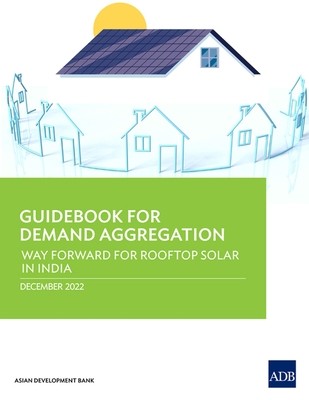
- We will send in 10–14 business days.
- Publisher: Asian Development Bank
- ISBN-10: 9292698281
- ISBN-13: 9789292698287
- Format: 21.6 x 27.9 x 0.4 cm, softcover
- Language: English
- SAVE -10% with code: EXTRA
Guidebook for Demand Aggregation (e-book) (used book) | bookbook.eu
Reviews
Description
This guidebook shows how India plans to meet its ambitious rooftop solar energy targets and why identifying new business models, better engaging utilities, and developing new market mechanisms will speed up its adoption.
It explains how factors such as access to finance and policy uncertainty are slowing the roll out, and how demand aggregation can help utilities lower costs, reduce risk, and expand market opportunities. It offers a step-by-step guide for utilities to design demand aggregation programs and recommends they introduce targets, build capacity, and run marketing campaigns to grow rooftop solar and help reduce India's emissions.
EXTRA 10 % discount with code: EXTRA
The promotion ends in 19d.23:33:24
The discount code is valid when purchasing from 10 €. Discounts do not stack.
- Publisher: Asian Development Bank
- ISBN-10: 9292698281
- ISBN-13: 9789292698287
- Format: 21.6 x 27.9 x 0.4 cm, softcover
- Language: English English
This guidebook shows how India plans to meet its ambitious rooftop solar energy targets and why identifying new business models, better engaging utilities, and developing new market mechanisms will speed up its adoption.
It explains how factors such as access to finance and policy uncertainty are slowing the roll out, and how demand aggregation can help utilities lower costs, reduce risk, and expand market opportunities. It offers a step-by-step guide for utilities to design demand aggregation programs and recommends they introduce targets, build capacity, and run marketing campaigns to grow rooftop solar and help reduce India's emissions.


Reviews